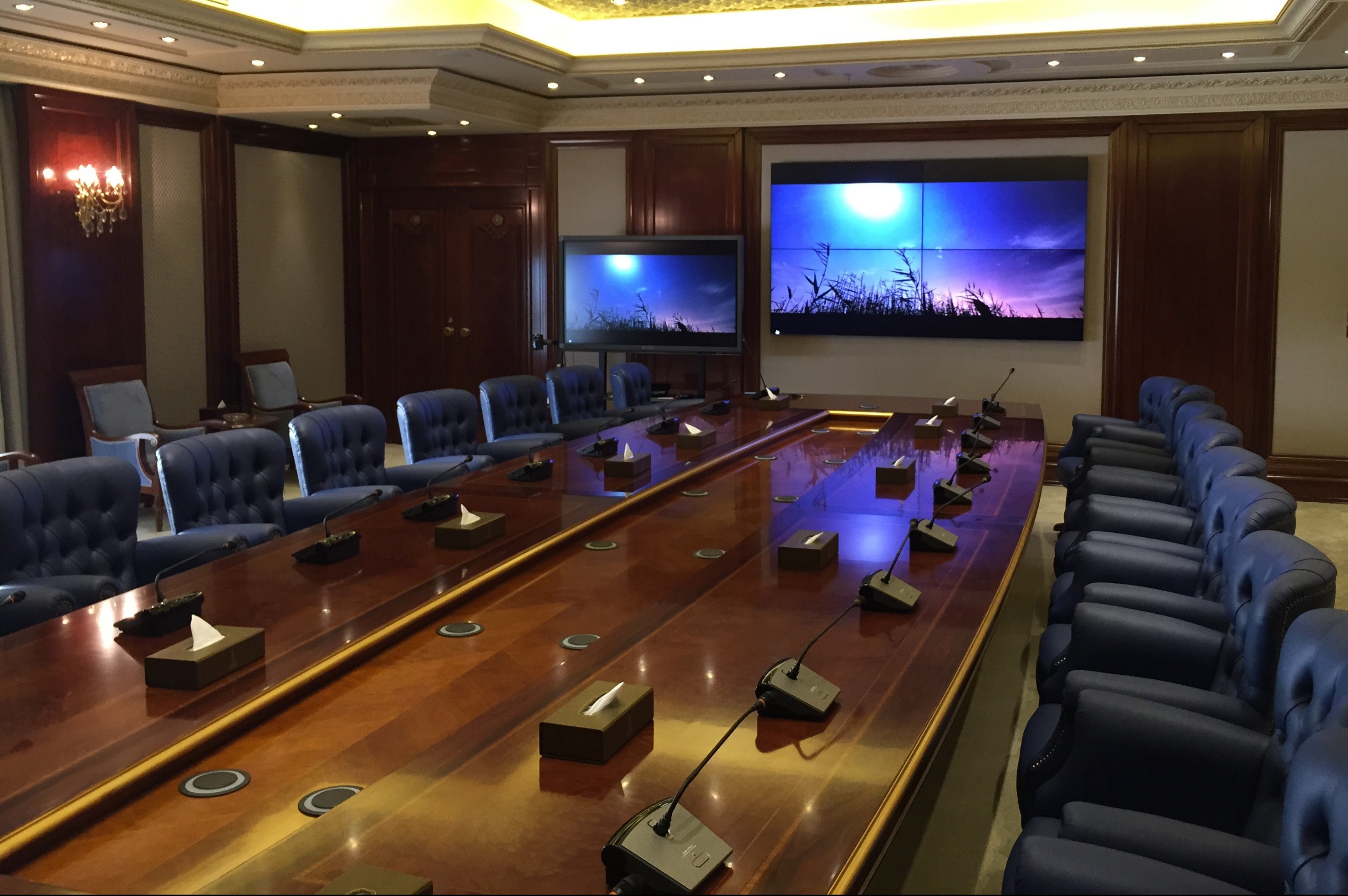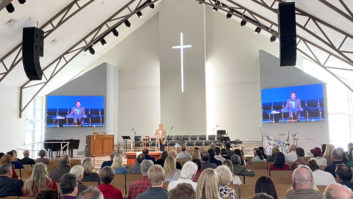
While virtual and videoconferencing are continuing to grow in popularity, ‘traditional’ conference venues are still doing good business – especially if they are prepared to invest in the latest AV technology and enhanced integration, writes David Davies.
As increasingly sophisticated virtual conferencing systems began to reach the market in the Noughties, one might have reasonably expected the ‘traditional’, physical conference venue sector to have taken a substantial hit. But with a steady stream of new -builds and refits seemingly being announced each month, the impact actually appears to have been less significant than one might have expected. Instead, new and old technologies are often found to be co-existing and complementing each other seamlessly.
Of course, diversification has undoubtedly played a part in helping to keep some venues busy. As Bosch Security Systems EMEA marketing manager Murat Keskinkilinc observes: “A clear trend we are seeing is that traditional conference venues more and more use their [facilities] for multiple purposes. Hence the conference room is not always used for meetings, but also for other occasions like weddings or cocktail receptions.”
But while modern conference centres “excel in flexibility”, it is also evident that “higher-end systems increase the attractiveness of such venues” for a variety of applications, as Televic product marketing specialist Bart De Ruyck observes. Hence, then, the increasing emphasis given to highly specified AV technology – in particular display systems and more user-friendly wireless audio systems – as well as the implementation of a powerful network architecture as the bedrock of it all.
Market conditions
By common agreement, the conference market remains highly competitive, with perhaps more pressure applied to budgets since the 2008-09 downturn. But there is still strong demand for higher-end systems, says De Ruyck, “and moreover, the demand isn’t restricted to any particular market. We see city councils, corporate boardrooms and institutions ready to invest in higher-spec systems. The key issue in any decision still remains what the return on investment is going to be. While inferior offerings might be attractive in terms of initial outlay, in the long-run they become less attractive in terms of overall ROI.”
Gonsin marketing co-ordinator Li Peihua acknowledges the popularity of remote videoconferencing, especially for smaller events, but asserts that “virtual conferencing cannot replace the traditional conference; [rather] it is combined with the traditional conference to connect the main conference venue and sub-conference venue with synchronous information. So the traditional conference industry is still healthy, but it should be combined with more innovative applications.”
Audio-Technica conference business development manager EMEA Sandra Kellermann suggests: “Demand for new solutions is as big as, if not bigger, than ever in my experience.” But at the same time, it is clear that prospective customers tend to be more engaged now with the process of selecting the most appropriate system for their current – and probable future – needs.
“In today’s market clients want to know about and understand the solutions open to them, they ask questions, put their demands, and are more involved in actively deciding what suits their application best,” says Kellermann. “In the past, sales people were more likely to close a deal by convincing a customer to pick a solution they wanted to sell. Now it’s more about educating customers as to the solutions that will improve and benefit their everyday business – and the market is still hungry for these.”







